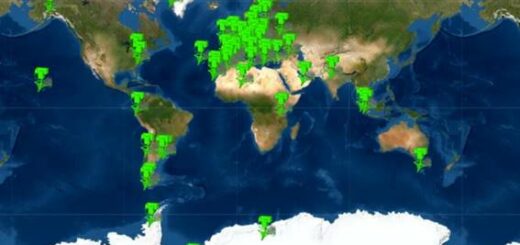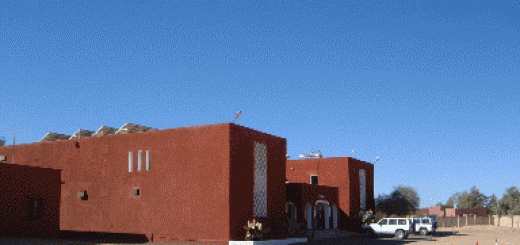The paper entitled “Assessment of atmospheric processes driving ozone variations in the subtropical North Atlantic free troposphere” has been published in Atmospheric Chemistry and Physics (ACP-Discussion phase)
The full reference of the paper is:
E. Cuevas, Y. González, S. Rodríguez, J. C. Guerra, A. J. Gómez-Peláez, S. Alonso-Pérez, J. Bustos, and C. Milford, Assessment of atmospheric processes driving ozone variations in the subtropical North Atlantic free troposphere, Atmos. Chem. Phys. Discuss., 12, 1–66, doi:10.5194/acpd-12-1-2012, 2012.
The paper is now accessible and open for Interactive Public Discussion until 25 Dec 2012 at:
http://www.atmos-chem-phys-discuss.net/12/28385/2012/
This paper handles an analysis of the 22-year ozone O3 series (1988-2009) at the subtropical high mountain Izaña station (IZO; 2373 m a.s.l.), representative of free troposphere conditions. A climatology of O3 transport pathways using backward trajectories shows that higher O3 values are associated with air masses travelling above 4 km altitude from North America and North Atlantic Ocean, while low O3 is transported from the Saharan continental boundary layer (CBL). O3 data have been also compared with PM10, 210Pb, 7Be potential vorticity (PV) and carbon monoxide (CO). A good correlation between O3 and CO in winter is found, supporting the hypothesis of long-range transport of photochemically generated O3 from North America. Aged air masses, in combination with sporadic inputs from the upper troposphere, are observed in spring, summer and autumn, while in summer-time high O3 values seem to be the result of stratosphere-to-troposphere (STT) exchange processes in regions neighboring the Canary Islands. Since 1995-1996, the North Atlantic Oscillation (NAO) has changed from a predominantly high positive phase to alternating between negative, neutral or positive phases. This change results in an increased flow of the westerlies in the mid-latitude and subtropical North Atlantic, thus favoring the transport of O3 and its precursors from North America, and a higher frequency of storms over North Atlantic, with a likely higher incidence of STT processes in mid latitudes. These processes lead to an increase of tropospheric O3 in the subtropical North Atlantic region after 1996 that has been reflected in surface O3 records at IZO.
Figure: surface O3 MCAR plots for each month of the year for the period 1988–2009. Color bars indicate O3 concentration in ppbv.







